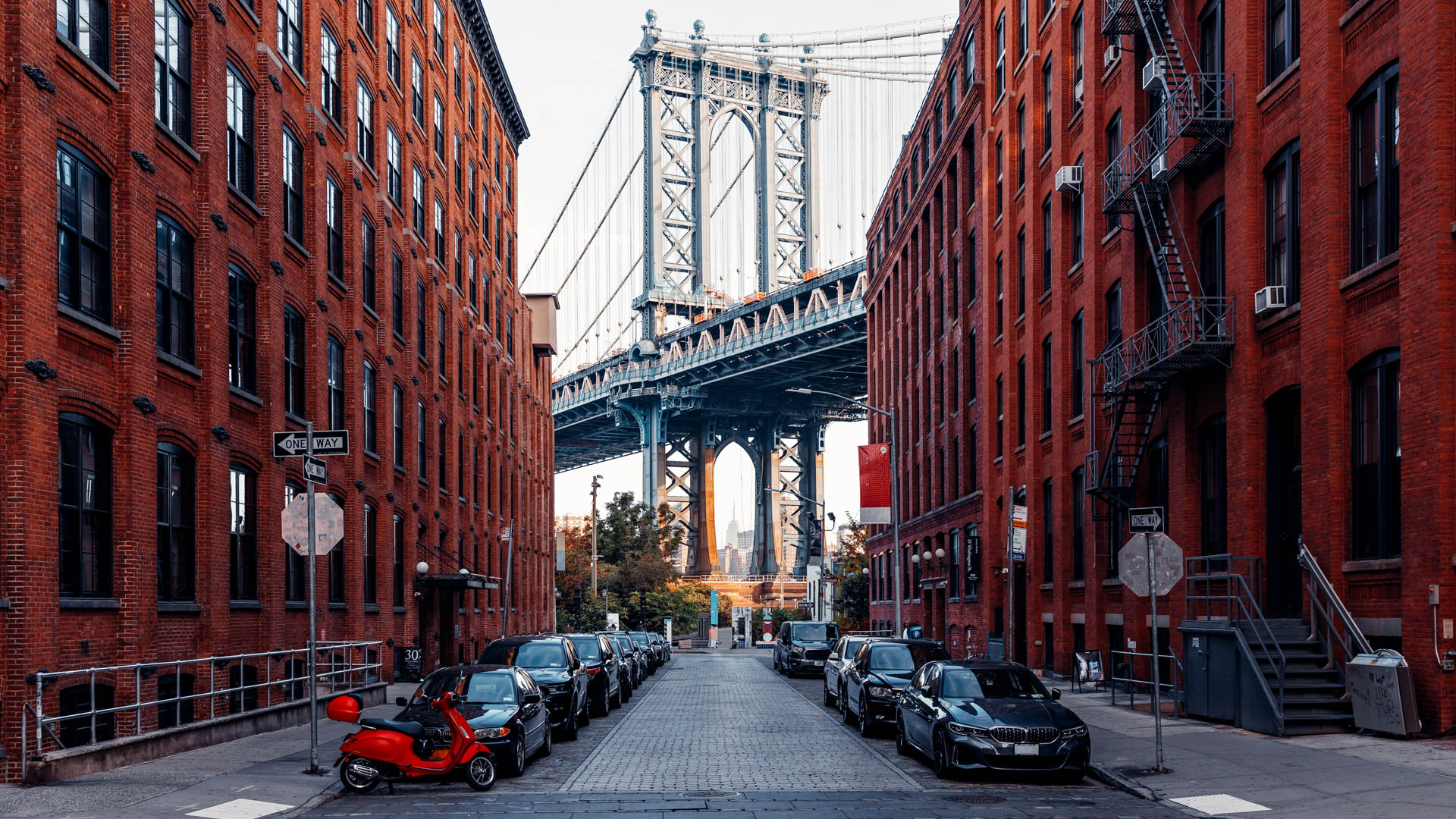

Traditional thinking would say that making roads wider makes them safer. More space for drivers to breathe should make for fewer accidents, right? Actually, no. At least not for slower, urban roads with speed limits between 20-35 mph, according to this new report from the Johns Hopkins Bloomberg School of Public Health’s Bloomberg American Health Initiative. As it turns out, narrower urban roads might be safer than wider ones.
Johns Hopkins researchers studied lane widths in seven United States cities: New York City, Dallas, Philadelphia, Chicago, Washington D.C., Denver, Salt Lake City, and Miami. Among those cities, they looked at 7,670 similar street sections and then randomly narrowed it down to 1,117 sections for a closer analysis. What they found was that, in most cases, narrower lane widths decreased the number of car crashes while improving pedestrian safety.
Most city transportation departments favor 10-12-foot-wide city street lanes where possible. However, researchers found that widths of nine feet showed no significant decrease in car crashes at 20-25 mph but drastically decreased the number of car crashes at 30-35 mph.

Pedestrian safety increases with narrower roads, too. With narrower roads, there’s more room for sidewalks and bike lanes, keeping pedestrians off the main road and away from cars.
“Our study of city lane widths found that contrary to the current thinking, wider lanes in urban areas can lead to a higher number of crashes and ultimately fatalities,” said Shima Hamidi, Ph.D., Bloomberg Assistant Professor of American Health and director of the Center for Climate-Smart Transportation at the Bloomberg School. “What if we can narrow lanes without sacrificing safety, and how can we best use the additional space in the existing infrastructure? That’s what we want to know.”
So what do the researchers recommend changing? For starters, switching the standard road width to 10 feet for roads with speed limits under 35 mph that aren’t used as freight corridors. They also recommend that engineers and city planners prioritize more inclusive street designs, instead of speed, so pedestrians and vehicles can cohabitate better. More importantly, though, lane-width reduction projects where possible could help increase safety while also minimizing construction and road maintenance.
This isn’t the first study to suggest reducing the number of wide roads through both urban and suburban areas. More inclusive road designs and lane reduction projects could help make urban streets safer for everyone while also improving the quality of life for residents.
Got tips? Send ’em to tips@thedrive.com